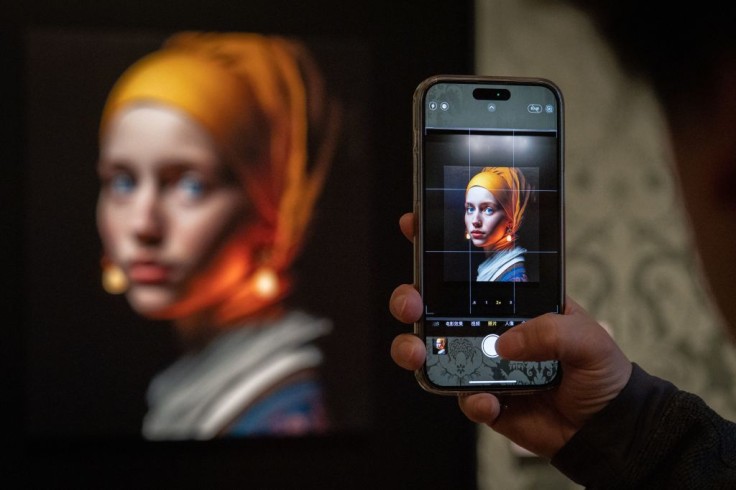Generative AI has become more advanced over the past months and it has made it difficult to discern AI-generated "art" from actual human-made illustrations.
It has even come to the point that several digital artists are being falsely accused of using AI for their artworks due to detail inconsistencies people have attributed to earlier versions of AI-generated illustrations.

To combat this rising trend of more deceptive-looking "AI art," here are some factors to consider when determining whether an illustration is AI-generated or human-made:
Look for Social Media Affiliations, Behavior
One easy way to identify AI "artists" is to look for their social media accounts. Generative AI user often includes tag words like "Midjourney," "Stable Diffusion," and other AI image generators on their profile bio.
Unless they are established artists like Alex Ross who regularly reposts their old artworks, it is highly likely that the account uses AI to produce highly detailed images each hour.
Oftentimes, AI "artists" caption their posts with a simple "Good morning" or "Good night" to avoid huge hashtags where actual artists are more likely to take notice of their works and call them out on the public.
Search for WIP (Work in Progress) Videos
As more artists get falsely accused of using AI for their works, a growing trend in many digital art communities has encouraged posting work-in-progress, or WIP, videos to show the artwork's authenticity.
Not only does it prove how actual artists use drawing techniques properly, but its absence in "AI art" accounts is a huge telling sign for most people.
Even if more modern AI generators can mimic supposed WIP videos, it is easier to discern these fake progress clips as the AI is not able to replicate actual drawing processes.
Composition Inconsistencies
Another way to detect "AI art" is to look for inconsistencies in the illustration. And we're not just talking about warped hands or weird eye details.
In most cases, AI-generated works are limited to a few simple positions that when users request for more dynamic poses, the AI is more likely to produce several composition inconsistencies.
This can range from disproportionate sizes contrasting supposed grid perspectives used in outlining artworks to inconsistent flow in clothing and hair.
Warped Patterns
In addition to inconsistent details, signs of warped or distorted patterns and textures in the illustration are more consistent proof that the illustration is AI-generated than just inconsistent background details.
Using pattern fills and textures often comes during the rendering process of an illustration, where most artists, especially digital illustrators, use presets to finish the job quickly.
As the AI does not exactly make the illustration itself but rather just mimics how it looks, it does not know how to differentiate presets from the unrendered image and is more likely to distort textures, shadows, and smaller details.
Oftentimes, just zooming in these images can provide definitive proof that the material is artificially made.
Look for Credible Portfolio
An artist's portfolio is the most credible proof of their skills, knowledge, and experiences in the industry. It is also a good way to differentiate human artists from their AI impersonators.
One notable sign is to look for the artist's previous works and see if they have worked with another human illustrator or have been with online art communities before the AI boom started.
Artists also often build their own art style to market their works and services, a skill the AI is unable to replicate as it is built from thousands of other art styles combined.









